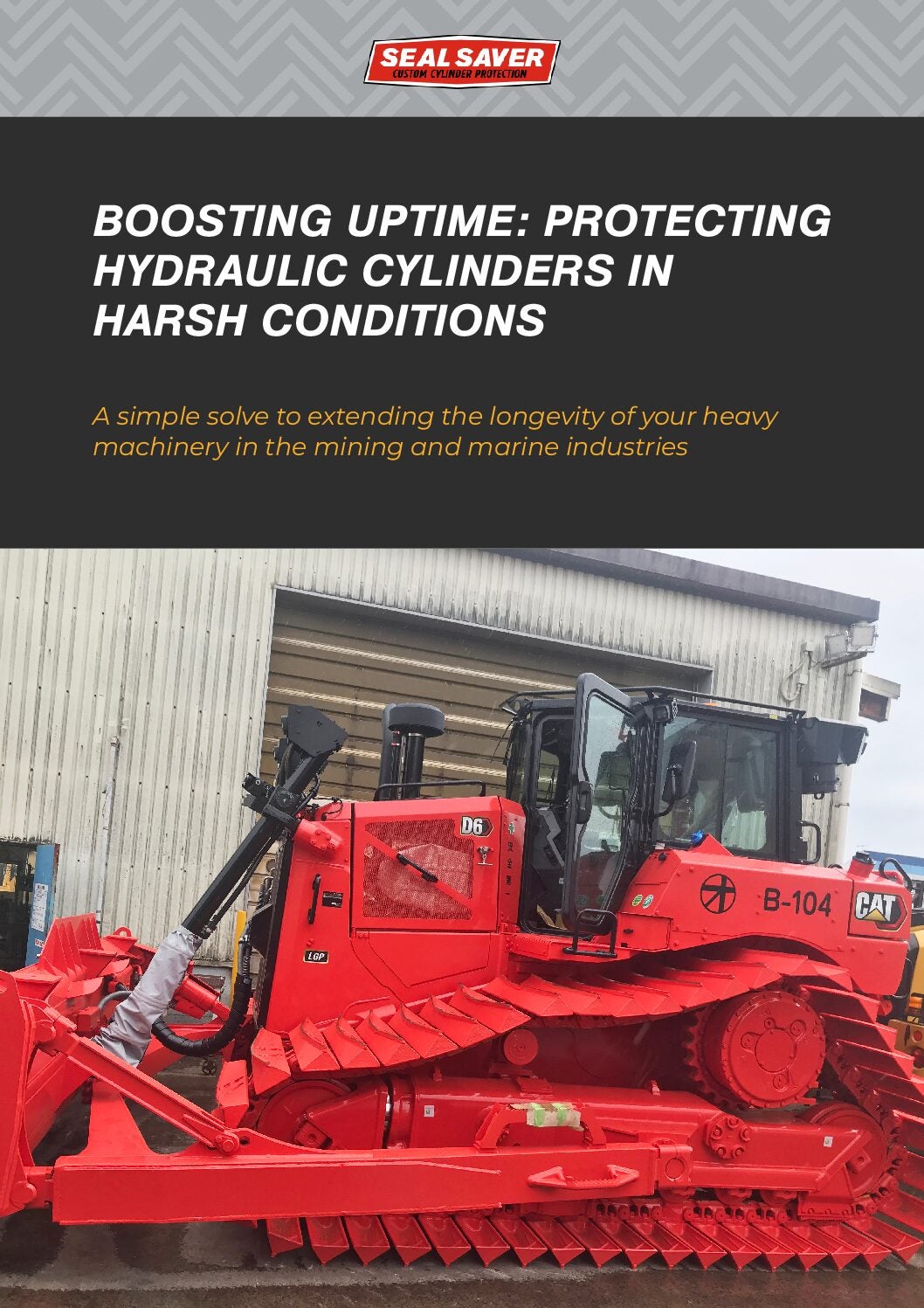
The Mine Safety and Health Administration (MSHA), an agency of the US Department of Labor Federal, has proposed new rules for underground mining operators to install detection devices on all coal-haulage equipment.
The installation of the system will prevent pinning, crushing, or striking injuries to miners working near the machines.
How well do you really know your competitors?
Access the most comprehensive Company Profiles on the market, powered by GlobalData. Save hours of research. Gain competitive edge.

Thank you!
Your download email will arrive shortly
Not ready to buy yet? Download a free sample
We are confident about the unique quality of our Company Profiles. However, we want you to make the most beneficial decision for your business, so we offer a free sample that you can download by submitting the below form
By GlobalDataUS Department of Labor’s Mine Safety and Health Administration assistant secretary of labor for mine safety and health Joseph A Main said: "This proposed proximity detection system rule would better protect miners from being crushed or pinned in the confined underground mine spaces where large equipment is constantly in motion.
"It is an important component of the department’s ‘Plan, Prevent and Protect’ strategy for safeguarding all workers."
Under the new proposal, operators would be required to equip coal hauling machines and scoops on working sections with proximity detection systems for both newly manufactured and existing equipment.
Until June 2015, approximately 155 out of 2,116 underground coal hauling machines and scoops have been installed with proximity detection systems.
MSHA administrator for coal mine safety and health Kevin Stricklin said: "We know this technology works as a number of mine operators have already installed proximity detection systems on coal hauling machines and scoops."
According to MSHA, the proposed rule would establish performance and maintenance requirements for the detection systems.
Under the new rule, those performing the installation and maintenance also need to be provided training.
MSHA also proposes to apply the requirements to underground metal and nonmetal mines.
Proximity detection systems comprise machine-mounted components and miner-wearable components.
The mine operator will have to provide a miner-wearable component to be worn by each miner on the working section for proximity detection systems with miner-wearable components.
MSHA estimates that the use of proximity detection systems on coal hauling machines and scoops could have reduced almost 42 fatal and 179 non-fatal pinning, crushing, or striking injuries that occurred from 1984 through 2014 in underground coal mines.
Image: A battery-powered scoop. Photo: courtesy of Mine Safety and Health Administration (MSHA).




